Spotlight on Kirsten Leah Bitzer
Mar 29, 2018
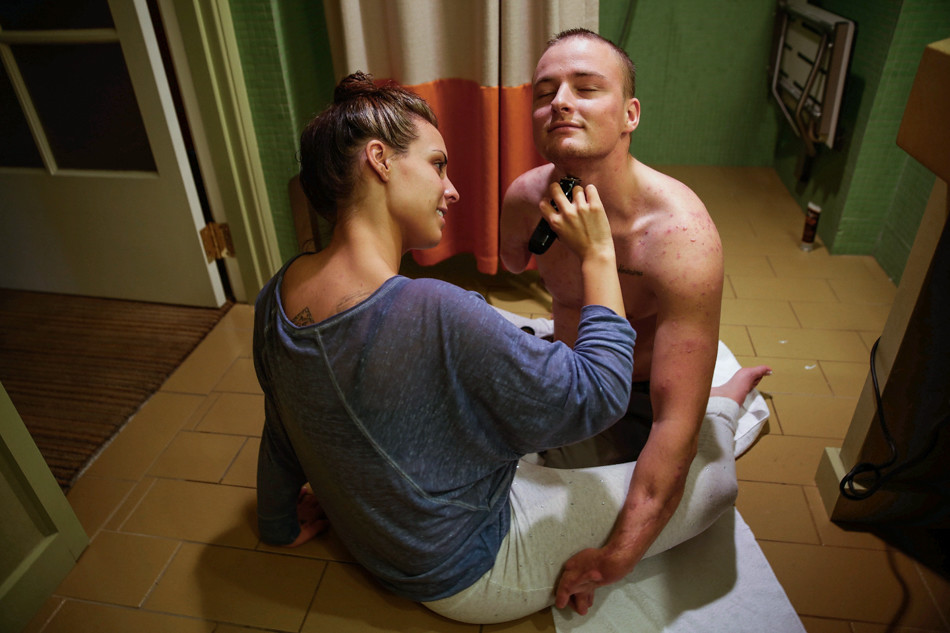
TID:
This is a touching image, Kirsten. It’s one that’s intimate and from a project to which you devoted a lot of time. Can you tell us a little of the backstory?
KIRSTEN:
Thank you! Sure. Well, back in 2015 I wanted to pursue my first photo story, something long-term that I could really sink my teeth into. I had known I’d wanted to explore something relating to in-vitro fertilization (IVF). I had family and friends in the industry, and had known friends who had undergone treatments. I knew from their accounts that it would make a poignant story. IVF is a grueling process for the couples, involving such extreme emotional highs and lows--not to mention the financial toll it takes.
I initially approached a close friend’s cousin who was beginning her second round of IVF after the first failed. I pitched her the idea of following her and her husband as they underwent IVF for a second time. She thought about it for a week or so, and replied that the emotions and stress were already so much to handle, and that if the second round failed she didn’t want documentation of it. And I totally understood, but that really made me wonder if I’d ever find a couple open to the idea and willing to become so vulnerable.
TID:
How did you first make contact with the two?
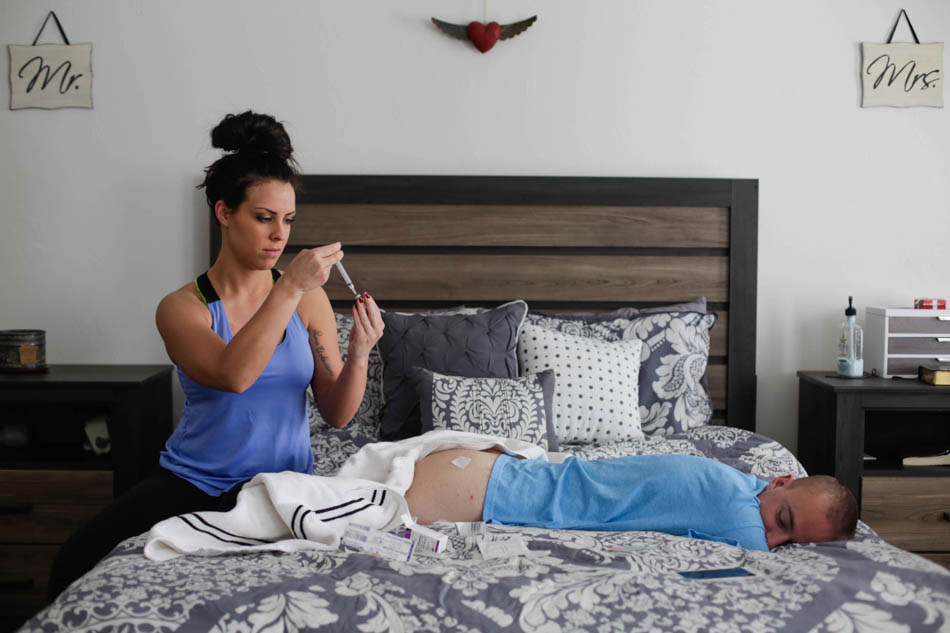
KIRSTEN:
I had passed along my info to some IVF nurses and one of them told me she had the perfect couple. She couldn’t tell me more than that, but a few days later I heard from Rachel. She explained their situation—that her husband was a triple-amputee veteran and they were newly married and beginning the IVF process. I think she even said something like, “I’m going back to school, and Jason is starting a new job, and with IVF I think you’ll have a lot of material to work with!” I was astonished, to say the least, and I was incredibly honored by the prospect of such an undertaking.
TID:
I’m curious how you explained you wanted to spend so much time and how did you work to get such access?
KIRSTEN:
They were an open book from day one. I really didn’t have to explain much—they just got it. It's really one of those dream stories. They know their story is special, and I think they’ve always owned that in a really beautiful, humble way. I told them I wanted to be there for every major phase of IVF, but also the everyday life stuff, because that’s where I knew I’d get the most real, raw moments. And mundane for them is extraordinary to anyone else, so I basically just said, whenever you’re willing to have me around, I’ll be there. It got to the point where they’d go about their days and later tell me they’d forgotten I was there—and that’s the best compliment I could receive, especially for such an intimate story.
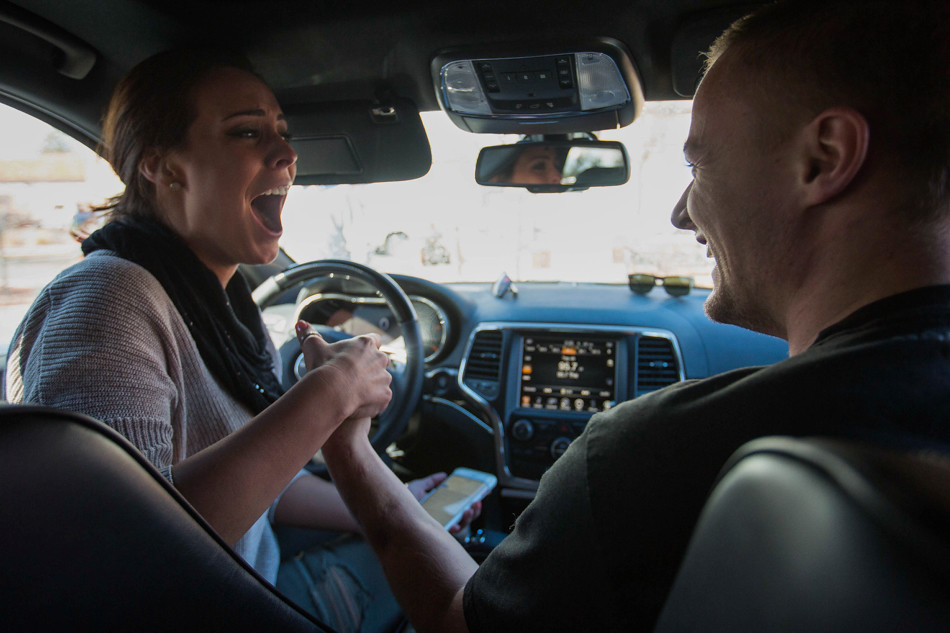
TID:
I think photography is about problem solving - what problems do you often face, and how have you worked to overcome them?
KIRSTEN:
It’s so true—it’s not like we get an orientation for how to handle our jobs and photograph these stories. We have to rely so heavily on skill and intuition, and plan as much as we can, but mostly we do our best work on the fly and hope we made the right decisions. I have realized that a lot of what I used to consider problematic was all in my head. Not much worries me anymore. I had to stop thinking about projects as these big, intimidating things. It’s just one interaction at a time, one frame at a time. Ultimately, you’re a human dealing with other human beings. Nothing is too big. Do what you can, and do what you have to do. Just don’t be a dick.
TID:
I’m also always curious about body language (as well as verbal). How do you carry yourself, and how do you work on your communication to them?
KIRSTEN:
My body language and communication varies depending on the situation. Before I met Jason and Rachel I worried a lot about this. I reminded myself I’d have to extend my left hand to shake when meeting Jason—because he only has his left hand—and I carefully prepared for how I would sensitively word my questions. My fears were eased almost immediately. Very early, Jason was making jokes—like, when someone complained that their legs hurt, he’d say something like, “Ah, what’s that like? I wish I had legs.” Or casually referring to his catastrophic experience as, “That time when I was blown up.”
I always approach subjects with utmost professionalism, but I could tell early on that Jason and Rachel just wanted to have someone with whom they could be comfortable. We became friends easily, and it happened organically. It was never forced. When they were working through things, I backed off when I knew I should. When they got the phone call with the news they were pregnant with twins, and of course when the twins were born, I cried with them. I made jokes.
During the embryo transfer everyone was really nervous—there were all these rules, like no one in the room could have scented anything. I’d had to shower with unscented soaps and forgo using lotions and perfumes, because the fumes can destroy embryos. And by the time Rachel and Jason were transferring, they’d been going through the process for more than a year. It was this big culmination of everything—literally (ideally) the moment of conception. As I rounded the table photographing, Rachel reminded me, “No vag photos, Kirsten!” I said, “Only for my personal collection!” That’s certainly not how I would speak with most subjects, but we had become comfortable to that point of easy, unguarded, friendly communication. I have no doubt that it greatly contributed to the way I was able to document them.
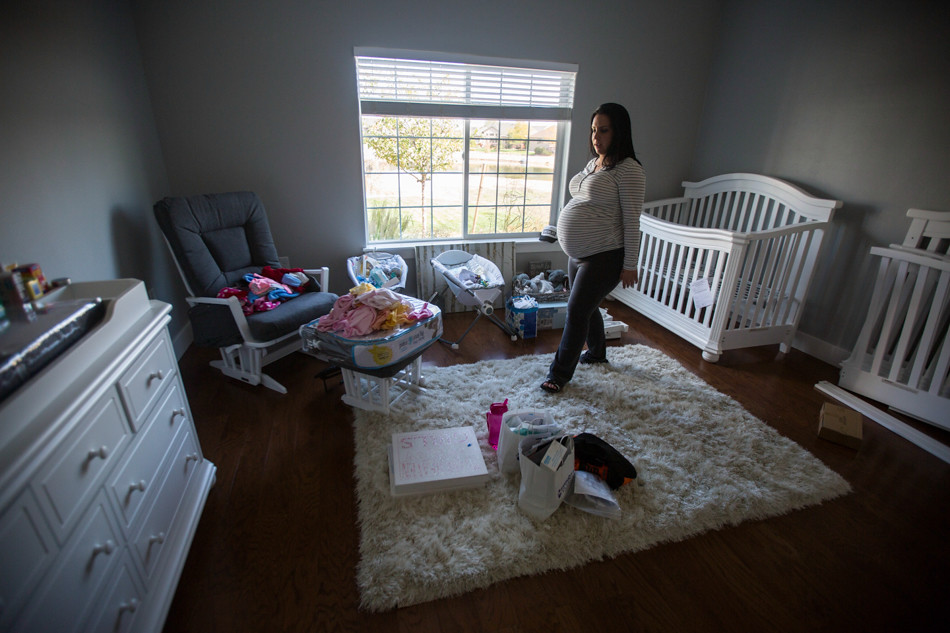
TID:
What are some aspects of covering this project that surprised you?
KIRSTEN:
There were new surprises every day, honestly, from VA shortcomings to the extensive IVF medications. Generally, the biggest thing that comes to mind is how easy it was to forget about Jason’s handicap, because it really isn’t. I mean, does being a triple amputee present challenges—of course it does. But I never heard him complain, and I never even felt like he required help. He wouldn’t let me open doors—as a classic gentleman he’d always open them for us, and he just never gave anyone a reason to see him as damaged. I’ve seen how people are saddened by his situation, because they don’t know just how full his life really is. That was a huge aspect of why I felt it was so important to document their story.
TID:
What have you learned about yourself while covering a topic like this?
KIRSTEN:
I made plenty of mistakes—sometimes I wish I could go back in time so I could apply what I’ve learned at the onset of the story. But even with those trials and mistakes and frustrations, I really believe it all happened perfectly. It was nearly two years of work before I felt it was ready to publish, and aside from those quick “One shot, one opportunity” moments, as Eminem and I refer to them, the story had a forgivingly gradual development. I had plenty of room to make mistakes, learn from them and apply that knowledge going forward.
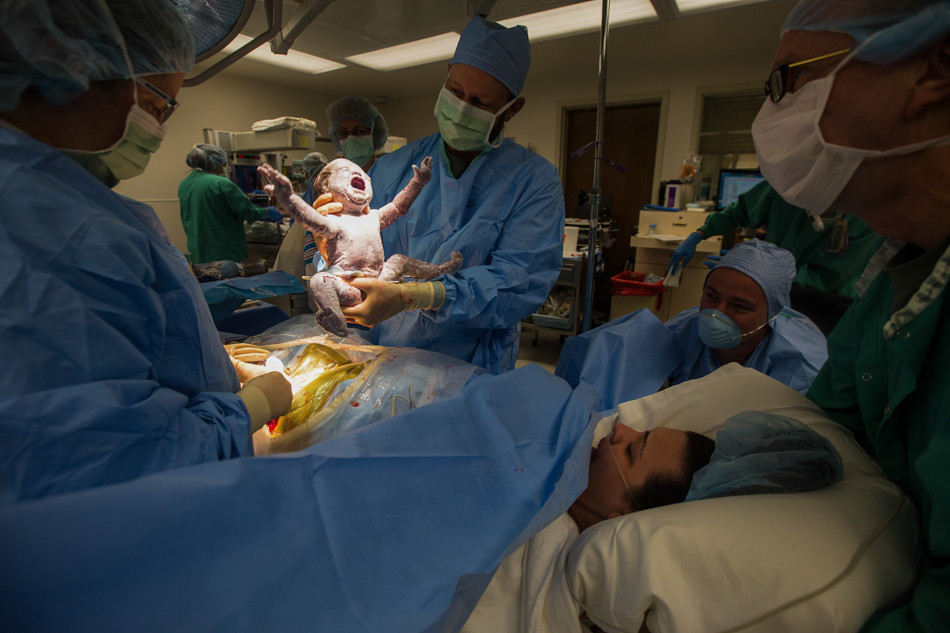
TID:
What have you learned about the couple that others should know?
KIRSTEN:
They are selective - rightfully so - about the people with whom they share their time, and they can spot BS a mile away.
TID:
Now, onto the moment. Can you talk about the main image, and the moments leading up to it?
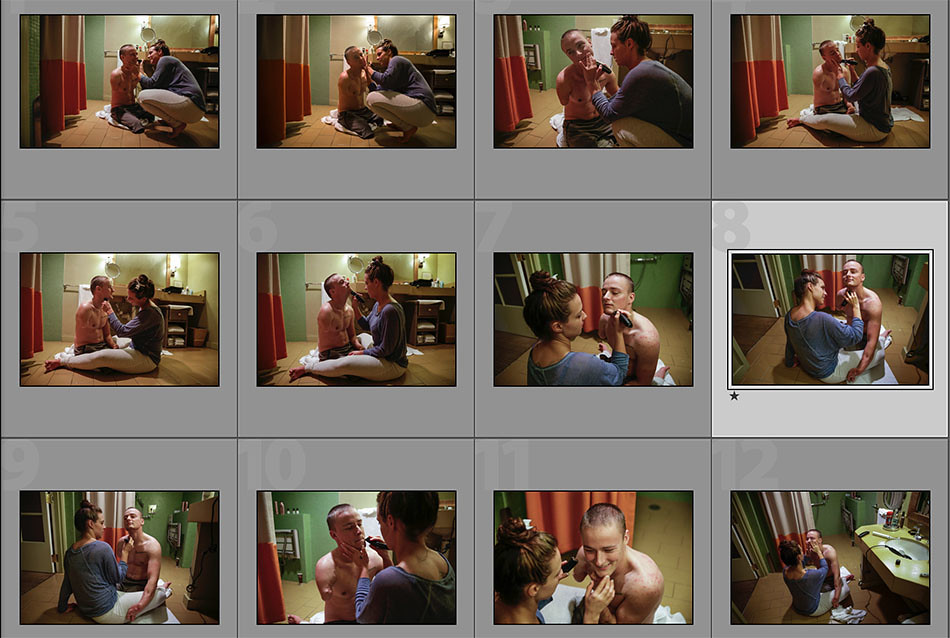
KIRSTEN:
Sure. So this was really early in the story, October 2015, before they had gotten deeper into the IVF process. They’d told me Jason would be honored at the Marine Corps Ball in Sonoma, California, and that he would be seated next to the Guest of Honor, General James Mattis (yes, THE General James Mattis). I decided to fly out and photograph them for the event. This moment was before the Marine Corps Ball, and it was the first time I’d seen how they got ready together. Jason asked Rachel to shave him, to save some time, and they nervously laughed as he begged her not to cut him.
As you can see, Rachel initially squatted down, but as she continued shaving him she sat more comfortably, with her legs around him, and it was this really special moment. It lasted a few minutes, so it was nice to play with the composition a little. I loved the heart shape they created, his expression and her body language in the image I ultimately chose for the final edit.
TID:
Before we move to close, can you talk about where this was published and how you got it published?
KIRSTEN:
I didn’t worry about publication until after the babies were born. I should have been worried, however, because I received no response after I’d begun reaching out to local and military publications. Luckily I had been assisting on the Hondros film and the director, Greg Campbell, sent my story to the indomitable Stephanie Gaskell for ideas on how to get it placed. She called me and asked where I’d like to see it published. I said somewhere reputable with a wide audience. She said, “Okay. Let’s aim high.” She sent it to her friend, Jim Estrin, Editor of The New York Times Lens Blog. He loved it, and invited me to a meeting at the Times building, where I could talk more about the project.
I just wish I had known to ask for it in print (lessons, right?). The story was published at the beginning of 2017 on the Lens Blog. Next, it was picked up by Stern for a 10-page spread, and published with interviews and a feature about us on PBS Newshour. I was accepted to the New York Portfolio Reviews and Eddie Adams Workshop based on this story, and was selected for an exhibit at Photoville this past September, which has led to an international exhibit in the Netherlands next month.
TID:
In conclusion, what advice do you have for photographers who cover this type of work?
KIRSTEN:
Stay local. I have traveled to the other side of the world looking for good stories, but the best by far was practically in my back yard. I would have missed so many crucial moments if I weren’t living so close to Jason and Rachel. I had to be on call, or the story would suffer, maybe irreparably. Also, stick with what you know. My proximity to the fertility industry was crucial to this story, and I was already a bit of an IVF nerd before I met Jason and Rachel. I’ve continued to explore other stories in this area, because I’m fascinated by modern medicine and I enjoy researching new realms for potential projects.
Approach people, stay curious, be open. I watched a Hollywood roundtable with Helen Mirren, and she talked about how she loved being in public places, looking around and thinking, Everyone has an Oscar-winning story within them.
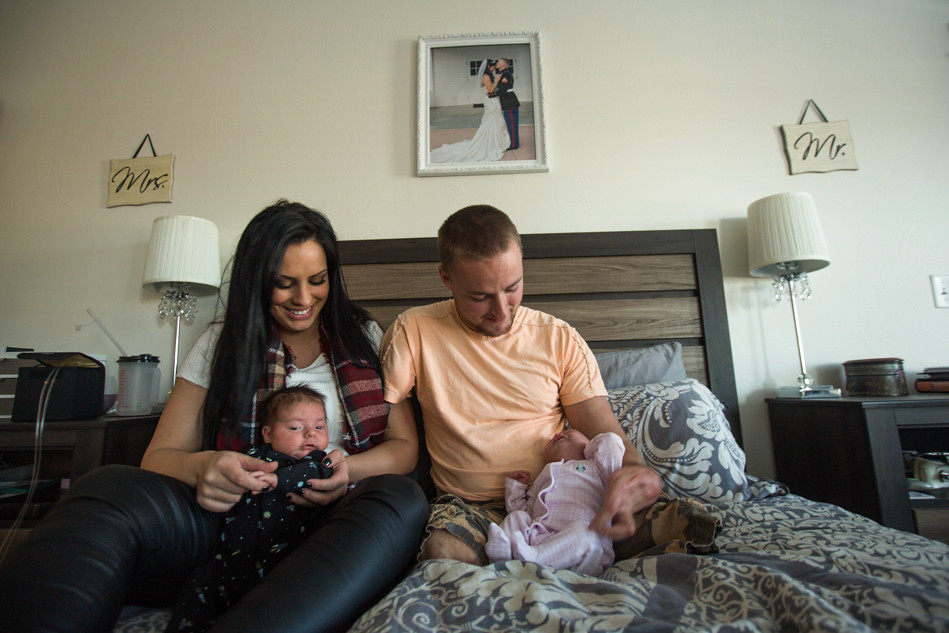
:::BIO:::
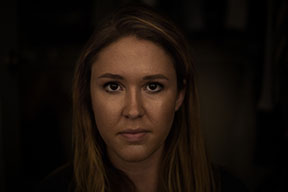
Kirsten Leah Bitzer was born in Denver, CO, where she is currently based as a freelancer. She is working on several projects emphasizing the human condition of marginalized individuals and issues such as abuse victims, veterans, the LGBTQIA+ community and women's rights in developing countries. Kirsten also assisted on the documentary film, Hondros, about the late photojournalist Chris Hondros, which premiered at Tribeca Film Festival in 2017.
You can see her work here: www.kirstenleah.com